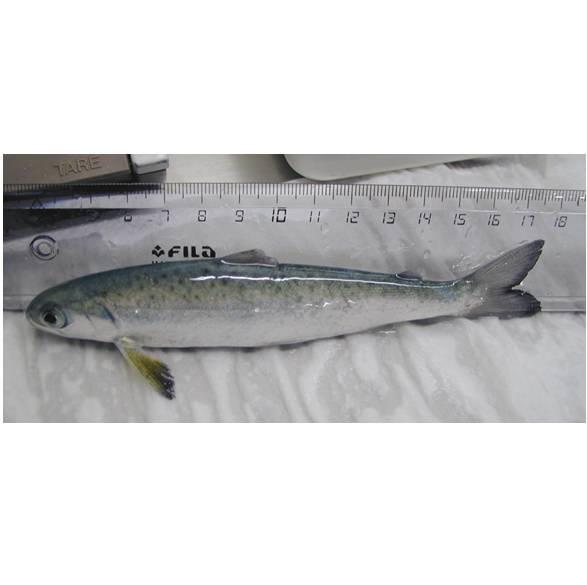Smoltification/osmoregulation
Smoltification in Atlantic salmon involves changes in morphology, physiology and behavior.
Main content
Rearing of fully developed and physiologically functional fish in environments of changing salinity is extremely demanding and requires a high degree of phenotypic plasticity of the transport epithelia of gill and intestine in order to maintain homeostasis. Certain developmental transitions (e.g. metamorphosis/smoltification and sexual maturation) form critical bottlenecks in aquaculture as they involve changes in habitat, behaviour and physiology, yet at the same time represent excellent models for studies of adaptive mechanisms. Briefly, smoltification in Atlantic salmon involves changes in morphology, physiology and behaviour; the process is driven by the annual changes in photoperiod and temperature, and is completed while the salmon is still in fresh water, pre-adapting the smolt for entry into seawater. Environmental information is ultimately translated into physiological responses through endocrine axes. Perhaps the most critical element of the parr-smolt transformation is the development of hypo-osmoregulatory ability, functionally linked to increases in transport proteins of the mitochondria rich chloride cells (MRC/CC) of the gill.
Research team: Sigurd Stefansson, Tom Ole Nilsen, Lars Ebbesson, Ivar Rønnestad, Rita Angotzi, Rita Karlsen, Sigurd Handeland and Valentina Tronci.
